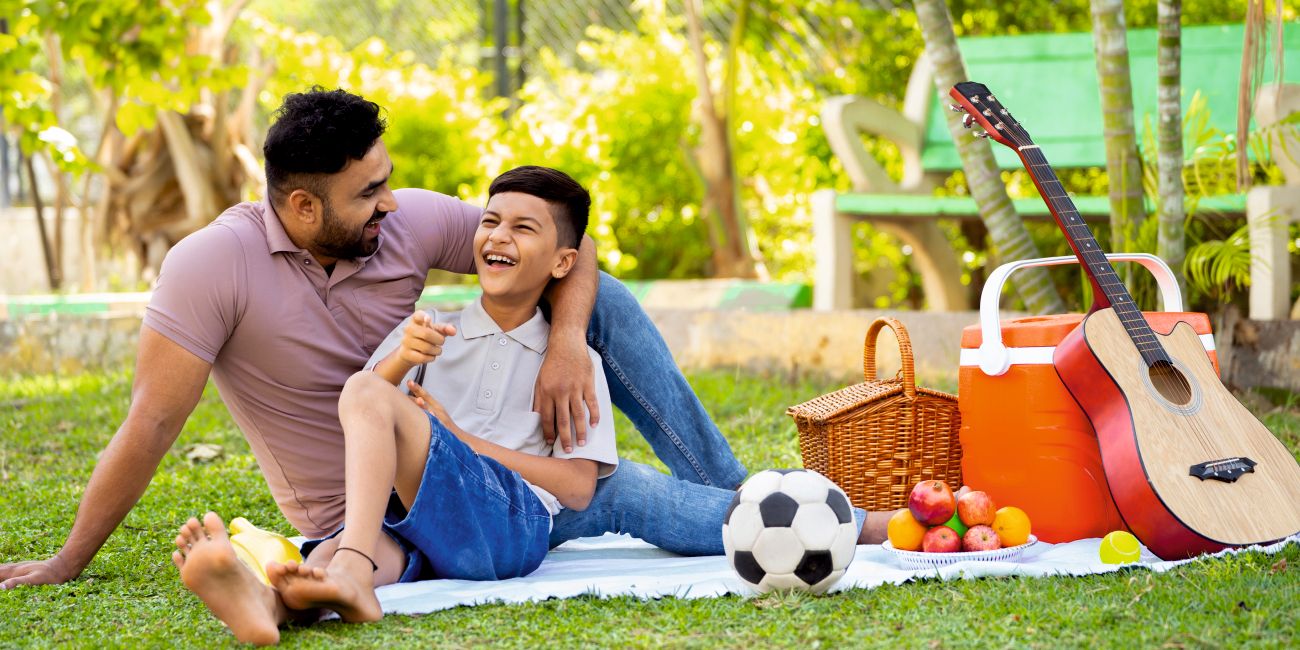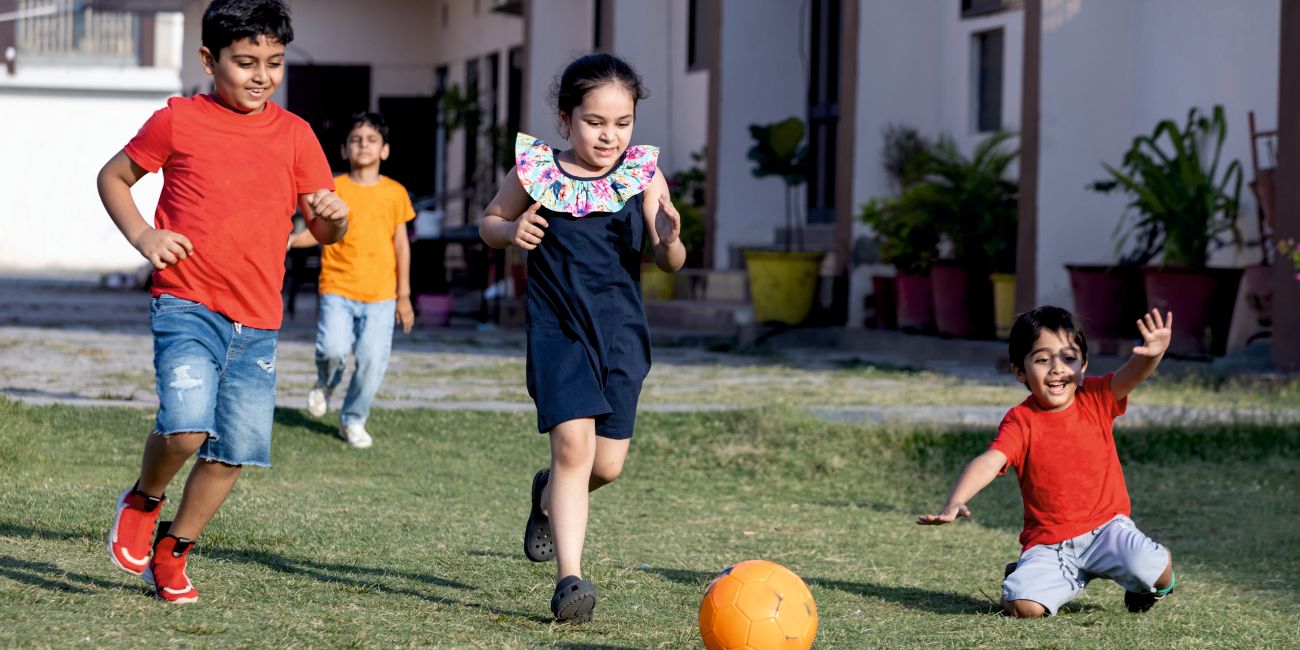![]()
Track and calculate your daily impact because small changes create meaningful shifts.
In this article, you’ll find:
- Carbon footprints: Walk wisely, walk green
- Footprints that can shape the future
- Why India must act on its carbon footprint?
- Be kind to the planet: 7 powerful green living habits for young minds
- Next-generation climate warriors
- Green learning beyond the classroom walls
The Earth is heating, glaciers are melting, and climate patterns are changing. The solution is not just in the hands of our global leaders but also with us. Sometimes, the loudest message lies in the quiet decisions of daily life.
“We do not inherit the Earth from our ancestors; we borrow it from our children.”
This proverb is more relevant today, especially in India, where the carbon footprint impact has become a reality. In India, where over 1,408 million people share the same air, climate change and personal impact matter more than ever.
Carbon footprints: Walk wisely, walk green
A carbon footprint measures the total amount of greenhouse gases caused by a person, product, or an activity. Acting like a blanket, these gases trap heat and impact the planet’s balance.
The carbon footprint impact can be felt now more than ever. We witness it through Delhi’s sweltering heat or by watching the Himalayan glaciers melt rapidly, which is one of our major freshwater sources. Or cities like Chennai and Kerala are experiencing floods that are devastating. India’s emissions, over the course of a year, currently stand at 1.8 tons CO2e per capita, as compared to the United States and China.
As per the 2022 Decarbonising India report by McKinsey, emissions in India will only increase as the country grows, unless there is a collaborative effort across multiple sectors of the economy..
Footprints that can shape the future
Climate change does not always begin with forests or factories. Sometimes, climate change and personal impact begin with the choices we make on an everyday basis. Here’s how our daily routine impacts the planet:
| Activity/Action | Approximate CO2 Emission | Environmental Impact |
| Burning one litre of petrol | Approx. 2.3 kilograms of CO2 | Driving global warming |
| Viewing YouTube for an hour | Approx. 400 grams of CO2 | Increasing electricity consumption |
| Using the air conditioner for an hour | Approx. 1.5 kilograms of CO2 | Adding to heat waves |
| Using a single-use plastic carry bag once | Approx. 1.58 kilograms of CO2 | Centuries to decompose, polluting ecosystems |
Burning one litre of petrol releases 2.3 kilograms of CO2 which leads to global warming, rising sea levels, extreme weather conditions, and worsening air quality. This escalates health risks like asthma and heat-related illnesses. Viewing YouTube for an hour adds 400 grams of CO2, leading to increase in electricity consumption, higher temperatures and unstable weather that disrupts daily life.
Using an air conditioner for an hour releases 1.5 kilograms of CO2, intensifying climate change, raising energy costs, and adding to heat waves, which affect comfort and increase in expenses. A single-use plastic carry bag possesses 1.58 kilograms of CO2 and takes centuries to decompose, polluting ecosystems, harming wildlife, and clogging drainage systems, all while increasing waste management costs and contributing to the pollution crisis.
Why India must act on its carbon footprint?
India is experiencing intensified climate events – floods, rising mercury levels, and melting ice caps. To reduce carbon footprints, we must adopt green living habits like conserving energy, using public transport, avoiding plastic, and many such practices. Every small action adds up to a big change for our planet and future generations.
The IPCC Synthesis Report 2023: Climate Change’s Impacts Immense for Asia warns that a small amount of additional warming will threaten food production and food security in Asia due to an increase in the frequency of heatwaves, droughts, and floods.
What if we raised a generation that made these small, conscious choices daily? If thousands of schools nurtured the same eco-conscious spirit as Aditi’s, we would be on our way to a more sustainable India.
Be kind to the planet: 7 powerful green living habits for young minds
In every action lies the action to protect. These mindful habits help students build care, courage, and responsibility toward the Earth.
- Ditch plastic, choose better
Swap single-use plastic items with cloth bags, steel tiffin boxes, or BA-free plastic water bottles. They not only reduce carbon footprints but also keep water cooler and save money on buying bottled drinks.
- Travel light, travel green
Whenever possible, ditch the car ride and opt to walk or cycle to school. Cycling or walking to school keeps students healthy and encourages them to lead an eco-friendly lifestyle. Even carpooling to school helps reduce the carbon output significantly.
- Eat fresh and seasonal
Purchasing local and seasonal produce means it hasn’t travelled thousands of miles to reach your home. Seasonal fruits and vegetables help lower greenhouse gas emissions, reduce carbon footprints, and support our local farmers.
- Flip the switch, show your care
The simplest way to practice green living habits is to turn off fans and lights and unplug chargers and gadgets when you leave the room. Although small, these actions can save electricity and show how responsible you are towards the planet.
- Reuse and recycle before you replace
A new school year brings new excitement and a lot of new stationery. But how about checking what can be reused from last year before buying pens, pencils, and new folders? Less waste leads to less trash ending up in the landfills.
- Say yes to a digital detox
Binge-watching can do more harm than good, in more ways than one. So, take a digital detox and declutter your cloud storage because data centres consume enormous amounts of electricity, contributing silently to your carbon footprint.
- Plant a tree, protect the future
When you plant a tree, you plant hope. So, be a part of your neighbourhood’s eco club or start your green mission – like planting saplings with your friends. Such initiatives clean the air and cool our planet. Let nature ground you, because planting isn’t just good for the Earth, it is good for the soul too.
Green learning beyond the classroom walls
Our government actively promotes environmental sustainability in schools through several initiatives. The Eco Clubs under the National Green Corps (NGC) are school-based programmes that encourage students in over one lakh schools to plant trees, manage waste, and participate in other awareness drives.
The CBSE Green School Program integrates sustainability into education and encourages eco-friendly infrastructure. Moreover, under the Swachh Vidyalaya Abhiyan, schools are adopting practices like rainwater harvesting, composting, and better sanitation. Leading international schools are walking the talk by banning single-use plastics, installing solar panels, and organising climate workshops.
Launched in 2024, VIBGYOR Group of Schools’ Climate Academy is Asia’s first school-led climate programme that empowers students with knowledge and skills to combat climate change and become future environmental leaders.
The VEMBARK initiative by the VIBGYOR Group of Schools offers engaging, trans-disciplinary programmes beyond classroom learning. This enables the students to explore real-world experiences, gain practical skills, and redefine knowledge through educational clubs and activities designed to foster holistic growth and meaningful connections beyond regular school hours.
Learn more about V-EMBARK
Reducing carbon footprints is about making a change instantly. It is about choosing better and making an impact in any small way we can. Whether it is about switching off a light, walking to school, or carrying a reusable bottle, these small choices speak volumes. As an educational institution, it is up to us to lead with awareness, empathy, and courage. Let’s empower students to think critically, act consciously, and become change-makers for a greener planet. By living the values students become powerful agents of a greener, kinder future.








